Em wanted to visit this place when we came put here last year, but we didn’t make it then due to some lousy weather at the time. This time, we made it, and Em was primed for it. This attraction is alternately referred to as “The Huntington Library” or “The Huntington Library and Gardens”, or simply, “The Huntington“. All but the last name are now misnomers since the place has multiple libraries, multiple distinct gardens, and multiple museums. It is basically three of Em’s favorite things rolled into one and then multiplied by a factor of three or four. The whole shebang seems to be equivalent to the footprint of a large university on the west coast. We spent half a day here, but I think we only saw 1/4 of it.
All the plants were in impeccable condition. The highlight for us was the desert garden – it seemed fitting, and maybe not too resource-intensive to grow a desert garden in the desert. There were a bunch of exotic plants I hadn’t seen before, including a bunch from Africa. I witnessed the largest agave plant I’d ever seen. There were some quite content-looking golden barrel cacti that were spawning children like pimples growing all over them. A sign pointed out that most of the barrel cacti there were over 75 years old. The garden was packed full of surprises; at every turn, one of us would exclaim, “hey, look at this!” and point out something incredible that the rest of us had just walked by without noticing.
There are a few cafes on-site. Maybe we went to the wrong one, but it was horriffically designed. There was a line spewing out the entrance door (which wouldn’t stay open, so someone constantly had to hold it). Said line really had no good place to situate itself. The exit path went down a wheelchair ramp, and it intersected the line. Employees had to squeeze in alongside the line. Every 15 seconds or so, an employee had to intersect the line to get from a dining area to the kitchen. After guests make it into the atrium, a sign, which was originally printed and then corrected with marker and taped-on scraps of paper, directs people to go forward for burgers and left for prepared sandwiches. Em followed the sign for a sandwich and then came back confused because it led her to the one-way wall of cash registers where people were exiting with their food, but eventually a staff-member clarified that people actually were supposed to swim upstream like salmon through the registers in order to get to where the sandwiches were. Also in that central room, there was a grill in one corner where people could order burgers and panini – the burger line proceeded in the opposite direction to get there. The corner grill area housed some refrigerators underneath countertops, and two sweating guys, one of whom took orders, grilled panini, and played the meals, and another who grilled the burgers and cooked the fries. They barely had enough room to turn around in that space. A cook came to put a bin full of more panini into the refrigerator, and the guy taking orders had to step aside. After a short while, he grumbled about the cook taking too much time. This cafe was the architectural equivalent of an invertebrate that eats, shits, and lays eggs out of the same opening and is doing all three of those things constantly. There were some fruit trees around, and I would have much rather foraged for my lunch, but that seemed inappropriate at a place like this.
- pomegranate bonsai!
Somehow, despite the scale, many of the more popular features, like the Japanese garden, managed to be crowded, even on a Tuesday. People were a bit oblivious to others around them. It was slightly annoying but not nearly as bad as that cafe. The garden itself was formed like a canyon that visitors descended into from either side. This provided some nice viewpoints. There was a steeply arced wooden bridge with stairs up and down it, but much to my dismay, this was roped off. A traditional house with sliding doors and tatami mats sat atop one side of the canyon. I got slightly nostalgic about the genius of how tatami mats are twice as long as they are wide, which allows them to be easily arranged in a grid, and the houses are built to their dimensions. Exiting the garden, we walked down a zig-zagging wooden path that was flanked with thick walls of bamboo plants – this seemed a bit odd since I thought the purpose of said zig-zagging paths was to provide a view of the landscape that changed with every turn.
We came to a zen garden and a bonsai collection. Some of the bonsai arrangements had some landscaping that looked like quite realistic models at a scale mid-way between a typical 3-d architectural model and life size. Some of the bonsai trees even bore fruit! Em suggested we take up bonsai gardening – she thinks I would like the discipline it requires.
- Perhaps this plant was an inspiration for the TV series.
We went into a greenhouse that contained a rainforest exhibit. There were a bunch of the usual carnivorous plants and some plant that blooms once every seven years and supposedly smells like rotting flesh (it wasn’t blooming at the time). I saw a jackfruit tree, which bore a fruit that looked quite a bit like durian, an Asian fruit that I have been obsessed with because it smells like gym socks and is banned from some public transportation networks (hat tip to Mothers News for turning me on to durian). I wondered if jackfruit was the same thing as (or related to) durian, but later in my research, I found a ranty webpage explaining that jackfruit is NOT a durian. There was also a lab with a bunch of interactive exhibits attached to the greenhouse. Amazingly, everything worked. They had a wind tunnel for helicopter plants, microscopes hooked up to large monitors so that many people could see at once, doors to lift open to look at root systems, and so on. We were both entertained ourselves as well as impressed by the value it had for kids.
Right before closing time, we popped into an American art gallery and saw a quintessential Frank Lloyd Wright dining table set and some paintings by John Singer Sargent and Mary Cassatt and the like plus some abstract stuff from Rothko and Diebenkorn.
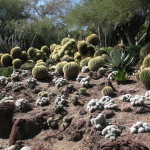
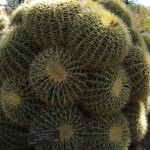
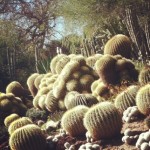
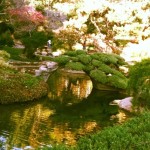
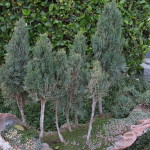
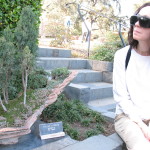
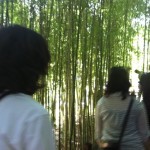
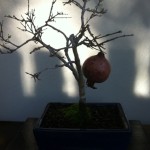
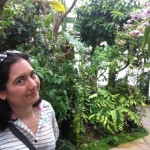
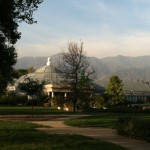
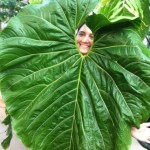
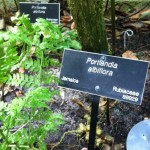

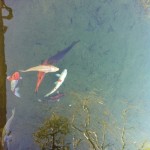
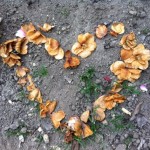
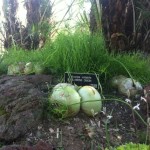
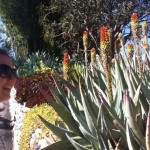
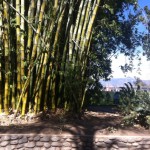
Immediately, sponges came to mind as your eating/shitting/reproducing invertebrate. The only drawback is that sponges are sort of colonial.
Good call, JoeDad. I knew I could count on you for an example. Also, please extend my apology to sponges everywhere for the unfortunate analogy.